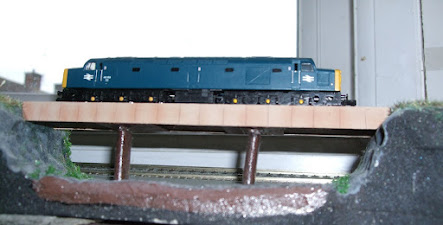The Jolly Fisherman
- Saturday 25th September 2021
Ride behind the famous Flying Scotsman on this unusual tour to the east coast of England and the popular seaside resort of Skegness. We plan to recreate the Jolly Fisherman experience that was a popular excursion planned by the Great Northern Railway. We will head northwards from London’s King’s Cross station with the world famous Flying Scotsman hauling us along the East Coast main line to Peterborough, Boston and then to Skegness. With contrasting scenery all the way, what better way to spend the day than travelling on a traditional seaside express to the bracing east coast.
We leave London King’s Cross in the morning, and head northwards along the ECML, picking up at Potters Bar, Stevenage and Peterborough. Here, we leave the ECML at Werrington Junction and head across rural Lincolnshire along the former Great Northern line towards Spalding, a town noted for its flower growing industry. We continue along the Great Northern & Great Eastern Joint line via Helpringham to the market town of Sleaford, where we will pause to run round our steam locomotive.
Following a reversal, we now head eastwards along the former Great Northern line towards Boston, noted for its famous landmark of St Botolph’s church, otherwise known as the Boston Stump. We take the remaining section of the former East Lincolnshire line that once went through to Louth and Grimsby, but now it only runs as far as the junction at Firsby with the Skegness line. The line is very straight and flat for miles and is pleasantly rural in outlook as we head for Firsby, where there is a sharp curve towards Skegness all that is left of the remaining side of a former triangular junction. We will make a stop at Wainfleet should you wish to visit this attractive town with its interesting Batemans Brewery visitors centre. It is then just a short distance to our afternoon destination at Skegness. Time will be available to visit the resorts many attractions, including the promenade, the clock tower and the Jolly Fisherman statue and fountain. There are ample restaurants and many typical seaside shops to visit, or just have a quiet stroll along the sea front.
After an afternoon in Skegness, we will retrace our earlier route back to Sleaford, where we will continue to Grantham and join the ECML. After a spirited climb up to Stoke tunnel, we now head for Peterborough, before heading back to London, setting down at our outward calling points. We can expect some fast running from Flying Scotsman as she runs up to her maximum speed along the ECML. Our arrival back in London King’s Cross will reluctantly bring to an end a splendid day out to the seaside on the Jolly Fisherman Express.
Flying Scotsman info;
60103 Flying Scotsman has been described as the most famous steam locomotive in the world. Built in 1923 for the London and North Eastern Railway (LNER) at Doncaster Works to a design of H.N. Gresley, it was employed on long-distance express trains on the LNER and its successors, British Railways Eastern and North-Eastern Regions, notably on the London to Edinburgh Flying Scotsman train service after which it was named.
 The locomotive set two world records for steam traction, becoming the first steam locomotive to be officially authenticated at reaching 100 miles per hour on 30 November 1934, and then setting a record for the longest non-stop run by a steam locomotive when it ran 422 miles on 8 August 1989 while in Australia. Retired from regular service in 1963 after covering 2,076,000 miles, Flying Scotsman gained considerable fame in preservation under the ownership of Alan Pegler, William McAlpine (seen below), Tony Marchington and finally the National Railway Museum (NRM). As well as hauling enthusiast specials in the United Kingdom, the locomotive toured extensively in the United States and Canada (from 1969 to 1973) and Australia (from 1988 to 1989).
The locomotive set two world records for steam traction, becoming the first steam locomotive to be officially authenticated at reaching 100 miles per hour on 30 November 1934, and then setting a record for the longest non-stop run by a steam locomotive when it ran 422 miles on 8 August 1989 while in Australia. Retired from regular service in 1963 after covering 2,076,000 miles, Flying Scotsman gained considerable fame in preservation under the ownership of Alan Pegler, William McAlpine (seen below), Tony Marchington and finally the National Railway Museum (NRM). As well as hauling enthusiast specials in the United Kingdom, the locomotive toured extensively in the United States and Canada (from 1969 to 1973) and Australia (from 1988 to 1989).

















